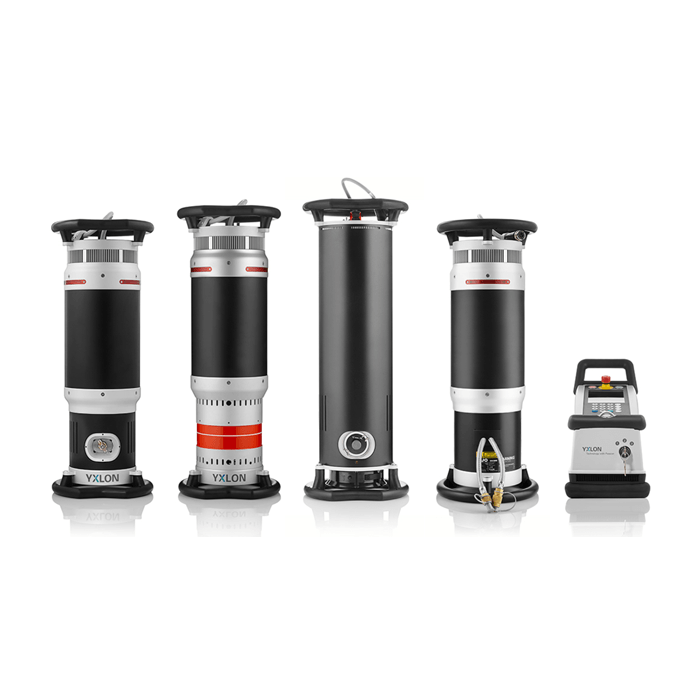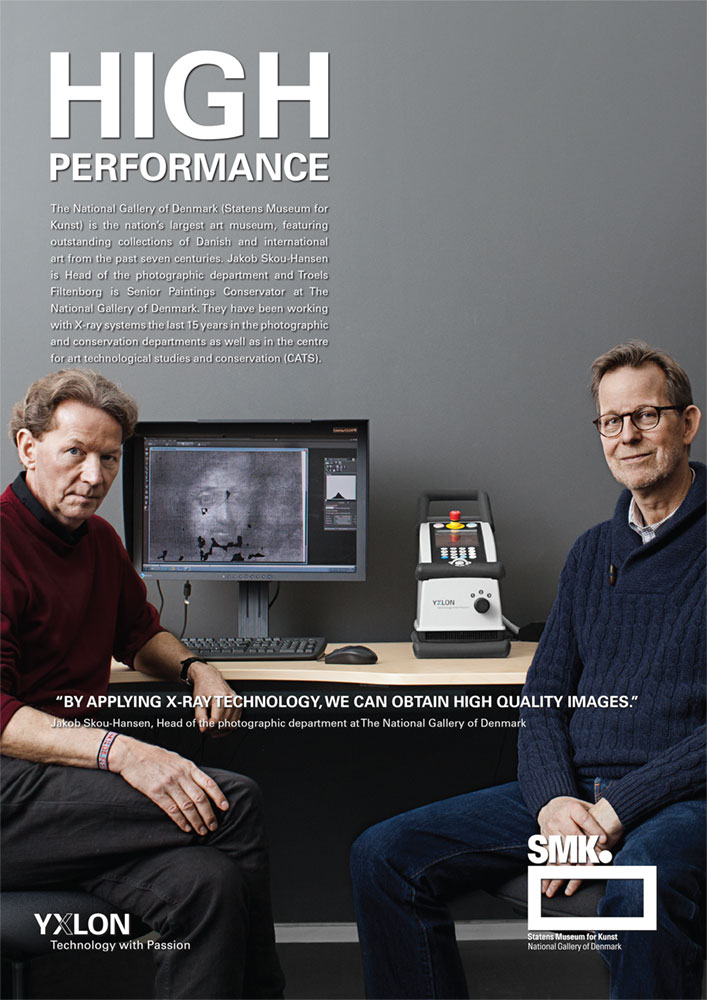
EVO Series Tube Heads
Radiography

THE NATIONAL GALLERY OF DENMARK
“When researching artworks we often need to determine; how, when and by whom they are made. X-ray examination is unique in the way that it enables us to look inside, behind, and as it were – back in time,” explain Jakob and Troels from the gallery.
“When we apply radiography, it’s often because we have questions about the true condition of the artworks. A painting, for instance, may have been subject to several restorations in the past, and, when using radiography, we get an overview of the initial damage underneath the layers of restoration. Applying radiography to sculptures enables us to see how they are constructed from the inside, which greatly supports us in the restoration process.”
“We also apply radiography to paper, looking for watermarks. Materials used in prints or drawings can sometimes make it difficult to identify a watermark. Radiography makes the watermarks visible and provides information about the structure of the paper in which it is embedded.”
“Recently, we replaced our ANDREX portable X-ray system, dating back to the 80s, with a SMART EVO system and a CR scanner. The reason was simple: The new system matches our requirements perfectly. An essential demand in our use of radiography is accuracy, and the CONTROL EVO enables accurate exposures by effectively managing the kV output. Also, the SMART EVO 160D can provide as low as 20 kV which is pivotal for our work,” conclude Jakob and Troels.
SMART EVO 160D with a small 1.0 mm focal spot ensures high image resolution and perfect utilization of the digital technology. The combination of constant potential technology, high X-ray power, and a broad kV span enables the gallery to uncover the true condition of artworks.
